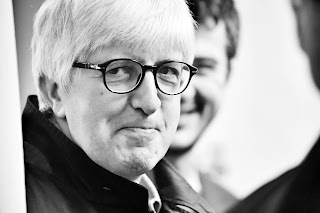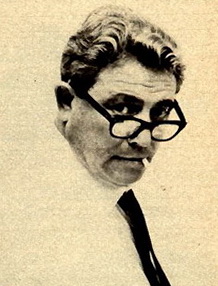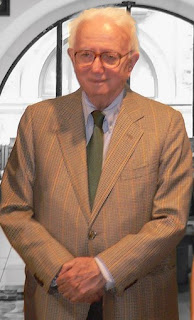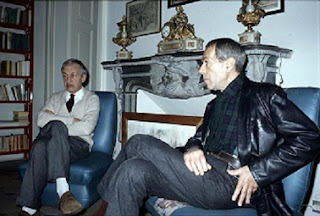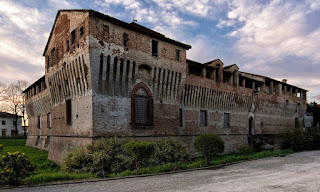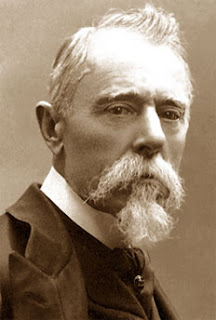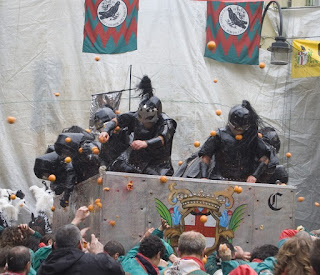Sorrentine's talents include writing, film directing and song
 |
| Raffaele Lauro |
A prolific writer, Lauro has also been an important political figure for more than 30 years.
He was born in Sorrento and as a young man worked as a receptionist at a number of hotels along the Sorrento peninsula.
After finishing school he went to the University of Naples where he was awarded degrees in Political Science, Law and Economics.
Lauro then won a scholarship from Italy’s Ministry of Foreign Affairs and studied first at their diplomatic institute and later in Paris.
He later studied for a degree in journalism in Rome and became director of a scientific magazine, moving from there to become a commentator on new technology for Il Tempo in Rome and Il Mattino in Naples. He also studied film directing while living in Rome and taught Law of Mass Communications at Rome University.
 |
| Lucio Dalla, the songwriter about whom Lauro has written three books |
In the general election of 2008, Lauro was appointed a Senator for Silvio Berlusconi's People of Freedom Party, representing Campania.
He was made a member of the Parliamentary Committee of Inquiry into the Mafia and other criminal organisations and later became political advisor to the Minister of Economic Development, Claudio Scajola. In 2015 Lauro joined the Democratic Party of Lazio.
For more than 40 years, Lauro has worked as a freelance journalist, essayist, screenwriter, author and director. He has written about foreign affairs and politics, brought out works of fiction under the pseudonym Ralph Lorbeer and composed music.
In January 2017, Lauro published a song, Uno straccione, un clown, dedicated to the songwriter Lucio Dalla, to commemorate the fifth anniversary of his death. Lauro had previously written three books about Dalla, who was a popular singer-songwriter from Bologna.
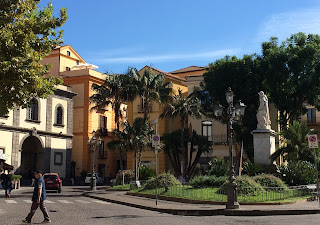 |
| Piazza Sant'Antonino is an elegant square in Sorrento |
Sorrento in Campania, where Raffaele Lauro was born, is a beautiful town in the south of Italy, perched on a cliff high above the bay of Naples. It has good views of the volcano Vesuvius and the islands of Procida, Ischia and Capri across the water. A popular holiday resort, Sorrento is famous for producing colourful ceramics, objects made from inlaid wood and the lemon-flavoured liqueur, Limoncello.
Find accommodation in Sorrento with Booking.com
 |
| Marina di Puolo is one of several charming fishing villages on the Sorrentine Peninsula |
The Sorrentine Peninsula, where Raffaele Lauro worked in hotels as a student, is a finger of land with the bay of Naples to the north and the bay of Salerno to the south. On the northern side, the main towns are Castellammare di Stabia, Vico Equense, Sorrento and Massa Lubrense, with Punta della Campanella at the tip of the peninsula. On the southern side are Marina del Cantone, Positano, Amalfi and Salerno. The Lattari mountains form the geographical backbone of the peninsula and there are many picturesque small towns inland. Orange and lemon trees, olive trees and vines grow on the fertile land sloping down towards the sea.
More reading:
Witty observations that set writer Beppe Severgnini apart
What made journalist Enzo Biagi a giant of his trade
The American novelist inspired by Sorrento
Also on this day:
1953: The founding of energy giant ENI
Books:
Sorrento: The Romance, an historical novel by Raffaele Lauro
(Picture credit: Lucio Dalla by Lucarelli via Wikimedia Commons)

